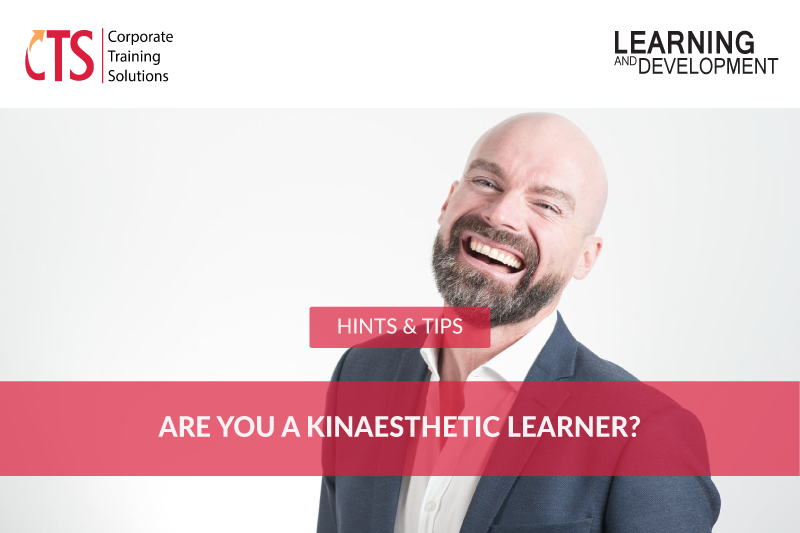However, if the quiz results have identified you as a kinaesthetic learner, there are plenty of ways you can use this knowledge to your advantage when it comes to tailoring how you carry out your studies.
What are kinaesthetic learners good at?
Kinaesthetic learners are also known as physical or tactile learners, and this gives some insight into the type of activities they excel at.
As a result, they tend to demonstrate superior ability when it comes to playing sports, while many are good at tasks that involve moving around or touching things.They often enjoy jumping straight into tasks, rather than analyzing the situation and goals first and then deciding the best approach.
Furthermore, they are able to do well at this methodology because they have quick reactions and can make a call on how to move forward without hesitation.
Another positive quality of kinaesthetic learners is that they are usually strong leaders. Their key skills include:
- Good hand-eye coordination
- Strong ability to express themselves
- Excellent motor memory – they can replicate actions after just doing them once
What are a kinaesthetic learner’s weaknesses?
Kinaesthetic learners often find it difficult to sit still for long periods of time, which can result in them requiring regular breaks when studying. Because of this, tasks based around worksheets, for example, can prove to be challenging as the activity involved in completing such an exercise can bore kinaesthetic very quickly.
Similarly, this type of learner tends to be a poor listener and they are often described as being hyperactive in the context of a seminar-like environment.
This can mean they become a distraction for other people on the course, although experienced teachers will recognize this characteristic at the earliest possible opportunity and tailor their lesson plans to cater to everyone’s individual learning needs.
What training techniques are best for kinaesthetic learners?
Kinaesthetic are best-suited to physical learning techniques, so will generally benefit from activities such as role-playing or tasks that involve making or doing things.
It is often the case that kinaesthetic learners find it easier to concentrate when they have an outlet for their energy – so bouncing a ball against a wall when studying or having a rubber band, for example, to play with while a lecture is taking place can make a difference in helping them retain information.
That said, kinaesthetic should carefully manage how much time they spend working to avoid losing their focus. Setting aside five minutes to walk around and burn off energy for every 25 minutes of studying would be one suggestion to counteract this characteristic.
However, like all of the other learning type outcomes in our quiz, these suggestions are not completely prescriptive. You know your own habits and abilities better than anyone else, so don’t feel as though you have to stick to this guidance if it’s not working for you. Additionally, you might want to read our other learning guides for auditory and visual types to see if any of their training tips apply to you.
——————————————————————————————
Nevertheless, our course cater to all learning styles, so every CTS delegate can get the best possible benefits from their experience with us.


